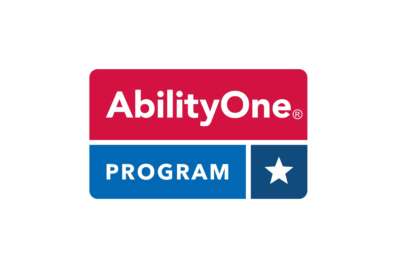Agencies ‘on right track’ in sustainability efforts
Daniel Fiorino, an American University professor and author of an IBM Center report on the 2009 executive order mandating sustainability, joined the Federal Drive...
wfedstaff | June 4, 2015 10:13 am
By Jack Moore
Federal News Radio
Federal employees may not be able to identify Executive Order 13514 by its inscrutable string of numbers.
But they’re likely familiar with its policy proposals and its nickname: the “green” memo that aimed to operationalize sustainability in the federal government’s activities.
The executive order pushed agencies to integrate environmental factors into their missions by reducing energy use at federal buildings and instituting sustainable contracting provisions.
Daniel Fiorino, director of the Center for Environmental Policy at American University, authored a report on agency progress for the IBM Center for the Business of Government, “Implementing Sustainability in Federal Agencies”.
He joined the Federal Drive to discuss what guidance the government has issued to help agencies implement the executive order. More important, are the guidelines working?
While the the executive order built upon previous measures, because it fully embraced the sustainability concept, laid out direct plans and expanded the reach of federal agencies, the “green memo” was a major departure” from earlier efforts, Fiorino found in the report.
“The order, itself, is very specific and prescriptive with lots of percentage reduction goals, so it sort of put them on the track,” he told Federal News Radio.
But the order’s emphasis on quantitative measures could present its own challenges.
“Establishing the baselines and doing the calculations is difficult because some of these agencies have lots and lots of installations, very diverse operations and so on,” Fiorino said. “So just keeping score … is difficult. But I think they’re moving in the right direction.”
However, he also noted some speed bumps, namely, a “mismatch” between the memo’s expectations and agencies’ budgetary abilities to implement them.
“Sustainability means investing money,” Fiorino said and, then, over time saving it — a manifestation of the age-old adage of spending money to save money.
“The problem in the federal government and many government agencies is we’re very linked in to annual budgeting cycles. So we need good ways to make bigger investments now that will pay off in the future.”
For agencies looking to adopt such sustainability measures, they often need to look no further than the private sector.
In his report, Fiorino said agencies could learn from private companies, such as Johnson & Johnson, Intel and 3M, which have made successful green transitions.
“The federal government should look for opportunities to learn from these experiences through benchmarking, sharing of best practices, and collaborative workshops and conferences,” he wrote in the report.
Copyright © 2024 Federal News Network. All rights reserved. This website is not intended for users located within the European Economic Area.





